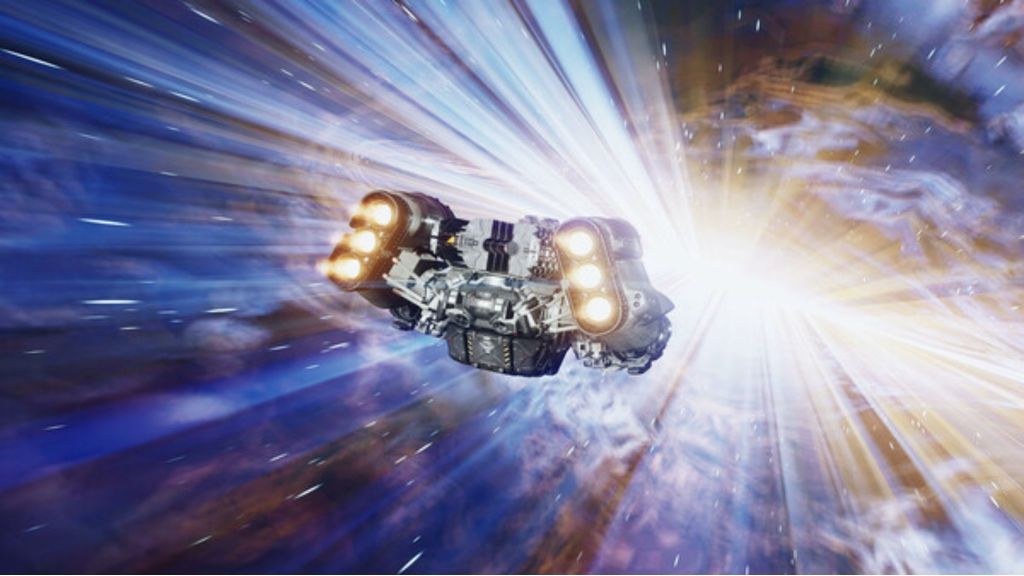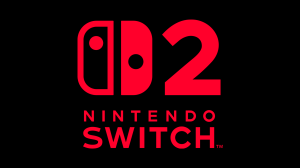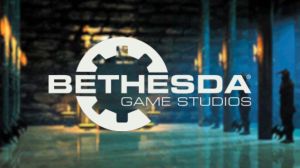When Starfield was first announced, it felt like the moment every sci-fi RPG fan had been dreaming of. Bethesda, the same studio that gave us Skyrim and Fallout 4, was finally heading into the stars. The idea of a galaxy-spanning adventure filled with alien worlds and strange mysteries was enough to make any sci-fi enthusiast lose sleep. Thousands of planets to explore? Check. Infinite possibilities? Check. For years, fans built this game up in their heads as the ultimate Bethesda experience, just with rockets instead of dragons.
Videos by ComicBook.com
Then it launched, and the hype ship crash-landed. That endless universe we all imagined in our minds? Turns out it’s more like a handful of cool rocks copy-pasted across the galaxy with little to no effort in hiding the illusion. The tech that was supposed to make space feel alive, procedural generation, ended up being the reason everything felt dead. Sure, you could go anywhere, but most places weren’t worth the sightseeing trip. It’s like opening a hundred mystery boxes only to find socks every time. Bethesda built a huge universe, but forgot to make it interesting.
The Vast Universe That Felt Hollow

In reality, Starfield is enormous. Hundreds of systems, thousands of planets, endless freedom. The first few hours are pure bliss, as you take your first steps out of that mining cavern to see a world unfold before you. Then, eventually, you’ll land on a lonely moon, watch the sun rise over a jagged horizon, and feel like the most important person in the galaxy. But the more you explore, the more it all starts blending together, like you’ve seen it all before somewhere. One pirate camp begins to look like another. Every “abandoned lab” feels cloned from one another despite being on completely different planets, right down to the placement of a pencil on a desk. Realization kicks in: every “new” planet is the same set of rocks in a different shade of gray.
Then you realize, you have seen it all before, many times already, and it feels terrible when reality pulls you from this immersive journey, cause there’s no going back. Why? Well, the problem isn’t that procedural generation exists; it’s how it’s used. Instead of creating diversity, it creates patterns. You start noticing the same layouts, the same loot, even the same dialogue. The game keeps trying to convince you that you’re discovering something special, but your brain knows better. You’re walking through a cosmic IKEA, where every planet’s showroom looks suspiciously familiar.
And that hurts, because Bethesda used to be the master of handcrafted worlds. Think about stumbling into a creepy cabin in Skyrim or a hidden vault in Fallout 4. Those places told stories without saying a word. Starfield should’ve been that on a galactic scale, but it just isn’t. Most planets feel like empty movie sets waiting for actors who never show up. NPCs stand around like holograms on loop, wildlife exists just to fill space, and exploration stops being exciting once you realize how little actually changes. The wonder fades fast when the universe feels like it’s built from the same recycled template.
When Procedural Generation Isn’t Enough

Here’s the thing, though: procedural generation wasn’t a bad move for Bethesda to use in Starfield. On the contrary. Handcrafting every planet in a galaxy-spanning adventure just isn’t realistic, so it makes sense that such tech would be deployed for the game. Unfortunately, the tech was not utilized as deeply as it should have been. Bethesda had the tech, but they never gave it the personality it needed to really pop. The system could spit out random terrain and scatter some buildings, sure, but that’s where it stopped. Points of interest, the bread and butter of Bethesda exploration, are where it all fell apart. You’d think the galaxy’s sheer size would mean variety, but instead, every planet is filled with the same five prefab structures wearing different hats.
That’s the real reason the game fizzled. The procedural generation had no spark of creativity behind it. It felt like Bethesda trusted the algorithm to do the heavy lifting instead of pushing it to do something ambitious, something defining of what Starfield stood for. Imagine if those systems had gone just a little deeper, where every planet’s ruins hinted at a forgotten civilization or every abandoned base had a mini story tied to its location. Imagine if the procedural generation had enough variables to generate something new every time you came across it, truly. The pieces were there, but Bethesda sadly decided to settle for “good enough.” In a game about exploring the stars, “good enough” just isn’t good enough.
And if you want proof of how this approach falls flat, look no further than the First Contact mission, one of the most interesting narratives in the entire game, at least initially. It should have been a showstopper. Humanity’s first major encounter with long-lost colonists drifting through space? The setup was sheer perfection. The tension was there, but the execution? The conclusion? Flat. Disappointing. Procedural generation was not the reason this game failed. The real issue was Bethesda’s repeated tendency to stop short of fully realizing their ideas, which dragged the entire experience down. In the end, First Contact felt like another routine quest, not a defining moment in a galaxy-sized adventure. That’s the tragedy of Starfield in a nutshell. The ideas are brilliant. The concepts are well thought out. But the delivery just never reached orbit.









